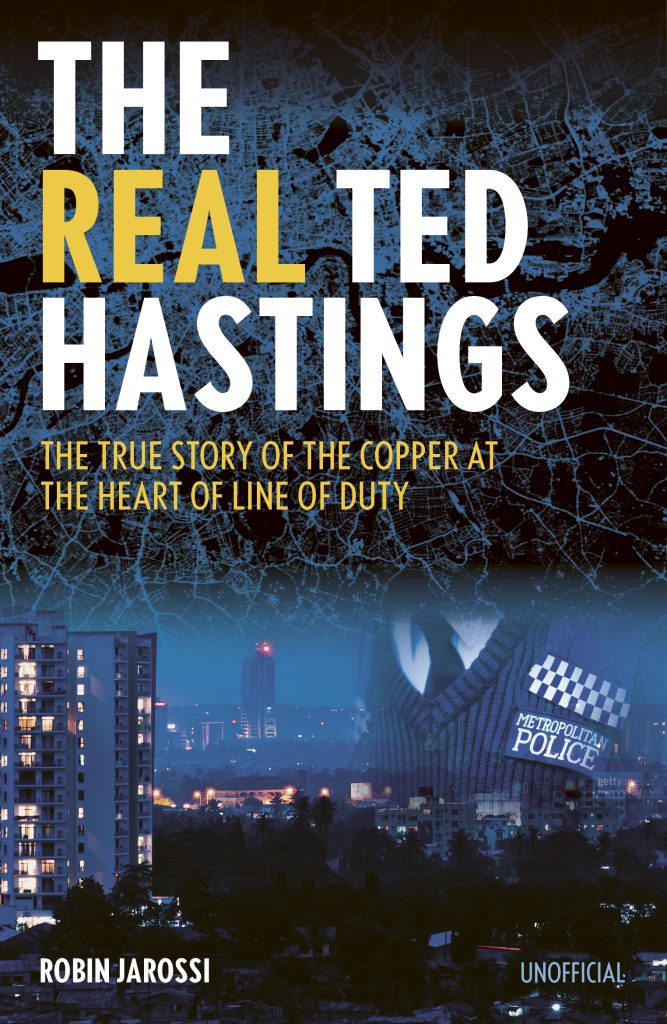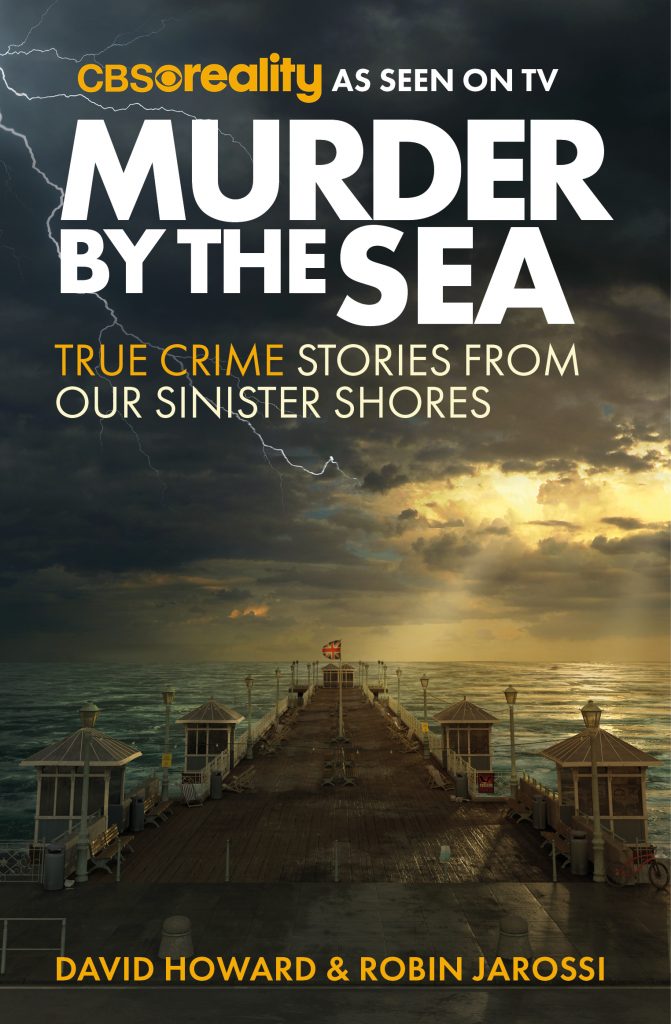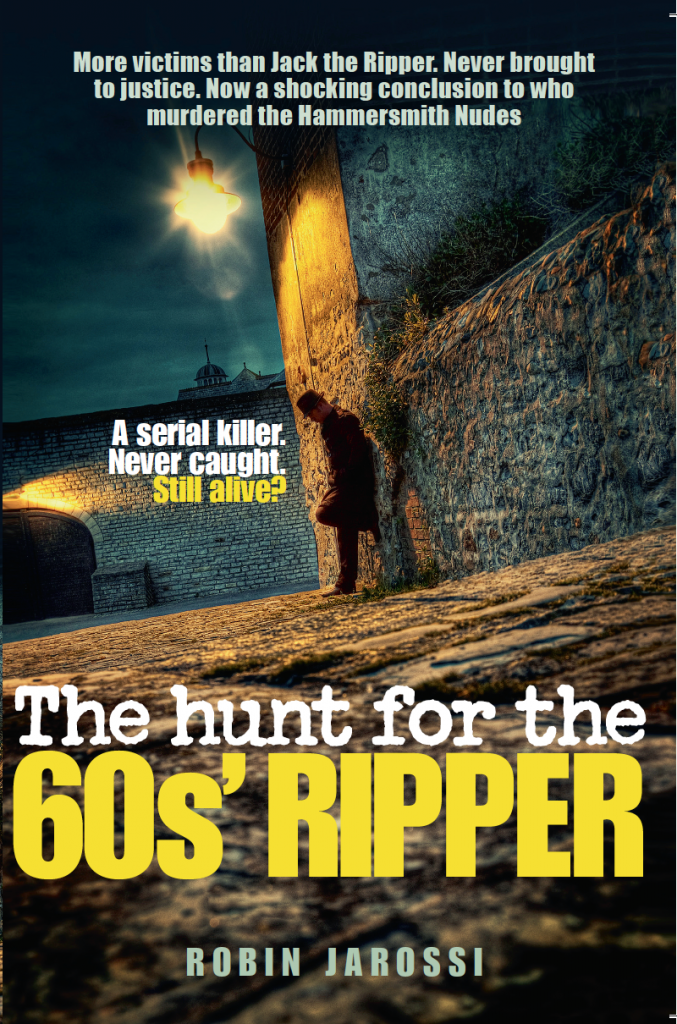Guesswork and the release of murderer Harold Jones

Thanks goodness deference to authority largely gets the middle finger today.
This means we can give short shrift to claptrap like this: ‘Sadistic crime is probably more rare in England than in any other country in the world. Curiously enough, even the few known exponents in our English records are apt to bear an alien name.’
So, just to be clear – sadism is a vice of foreign blighters. The English do not stoop to such shameful behaviour.
This view, voiced in 1941, was not that of some loudmouth in a pub after one too many. It was the opinion of the Commissioner of Prisons, Alexander Paterson.
Sadism and cruelty
The problem he faced was what to do with Harold Jones, who had been convicted of murdering two little girls when he was 15. In 1941 Jones had served 20 years, considered a ‘life’ term at the time.
During his incarceration, the consensus had been that Jones was a sadist who showed no remorse. Senior medical officer W Norwood East reported that for Jones ‘the sexual act reaches its highest gratification when accompanied by cruelty’.
In 1936 the governor of Maidstone prison, B Grew, was damning, ‘Sad as it may seem I can see no hopeful prospects for Jones in the future.’
But by 1941 Paterson was effectively muddying the waters. The medical profession really knows little about sadism, he suggested.
Would Harold Jones kill again?
‘There have been singularly few cases falling within the personal experience of our prison medical officers…’ Paterson reported. ‘In the main they are forced to rely on writings of Kraft-Ebbing and others, who have practised in other parts of Europe.’
So, again we have the idea that sadism is a continental perversion best understood by doctors who no doubt were ‘apt to bear an alien name’.
Because no one really knew whether Jones was still a sadistic killer after 20 years inside, Paterson was content to rely on his own prejudices and ill-informed assumptions.
So he argued that in prison Jones had shown no signs that he was one of ‘that small unhappy group of sadistic perverts who can only find gratification in rape and death’, and could therefore be released.
‘The war will give him his opportunity,’ Paterson wrote. Jones should be released into the armed forces as ‘Harry Jones’, where he would give good service and should ‘some day be the father of happy children’.
Harold Jones’s secretive life
Paterson would go on to be knighted and is still lauded as a penal reformer. But it is hard not to be stunned by his lack of expertise and reliance of half-baked assumptions in this case.
‘In the case of an over-sexed boy like Harold Jones, the sadistic urge was of a violent heterosexual type, and led to murder,’ Paterson said. ‘The violence does not, however, indicate any greater degree of permanence.’
Based on what? Paterson knew Jones throughout his time inside, but he had no psychiatric or psychological expertise. He had studied Greats at Oxford.
Was it safe and proper to release Jones?
Dark Son: The Hunt for a Serial Killer
This question will be explored in the BBC documentary Dark Son: The Hunt for a Serial Killer, scheduled for early 2019.
Jones was secretive and led what some might say was a shady life. The documentary will help us to decide whether Paterson’s hunch that Jones was good to go was correct – or irresponsible folly.
As the recent controversy over rapist John Warboys’ proposed release showed, assessing risk is still not perfect today. At least Paterson’s flimsy reasoning was not as stupidly misguided as that of a prison chaplain.
In 1933 this man, Percival Smith, wrote about the child-killer, ‘A very nice lad who was a foolish boy. He puts his crime down to reading too many thrillers. I think he will be a much more useful person outside prison than inside.’




